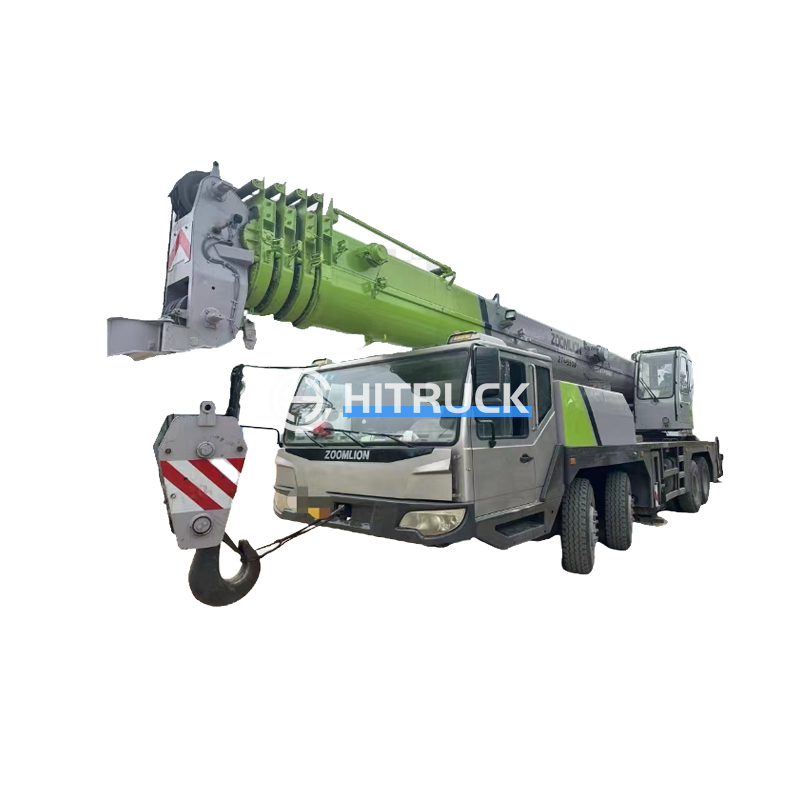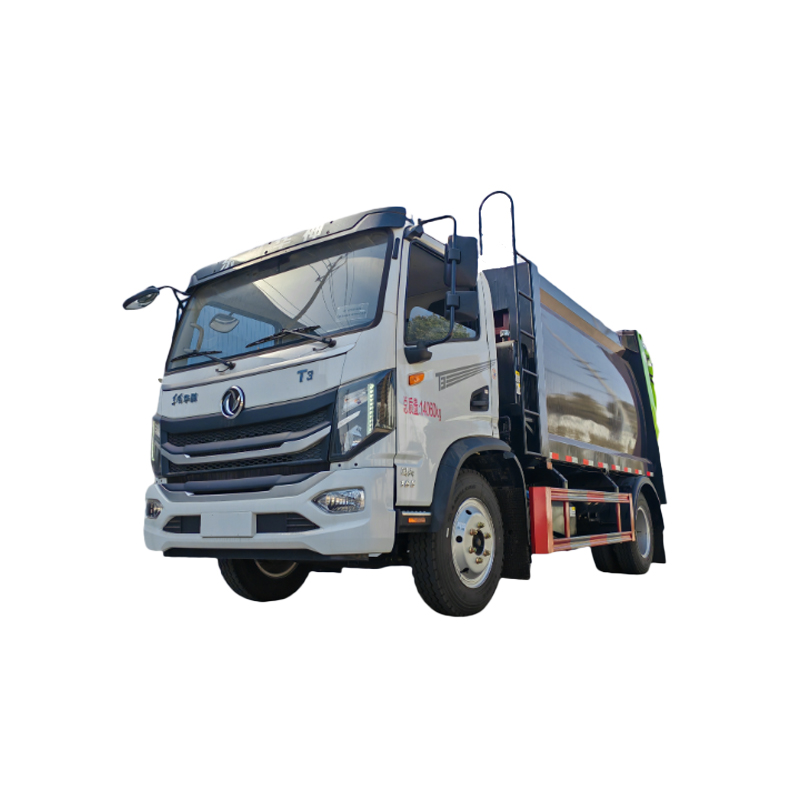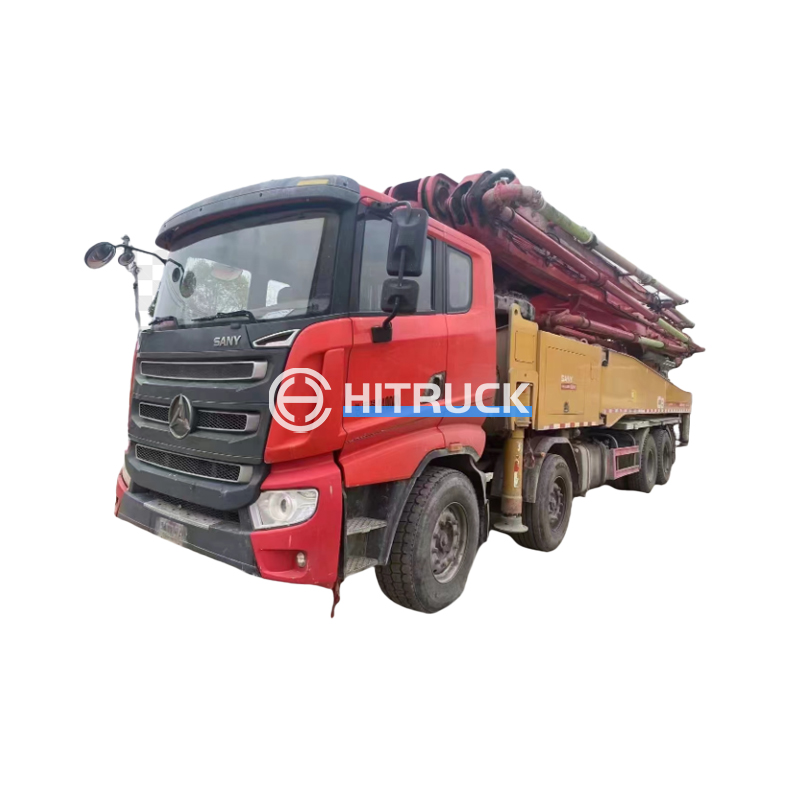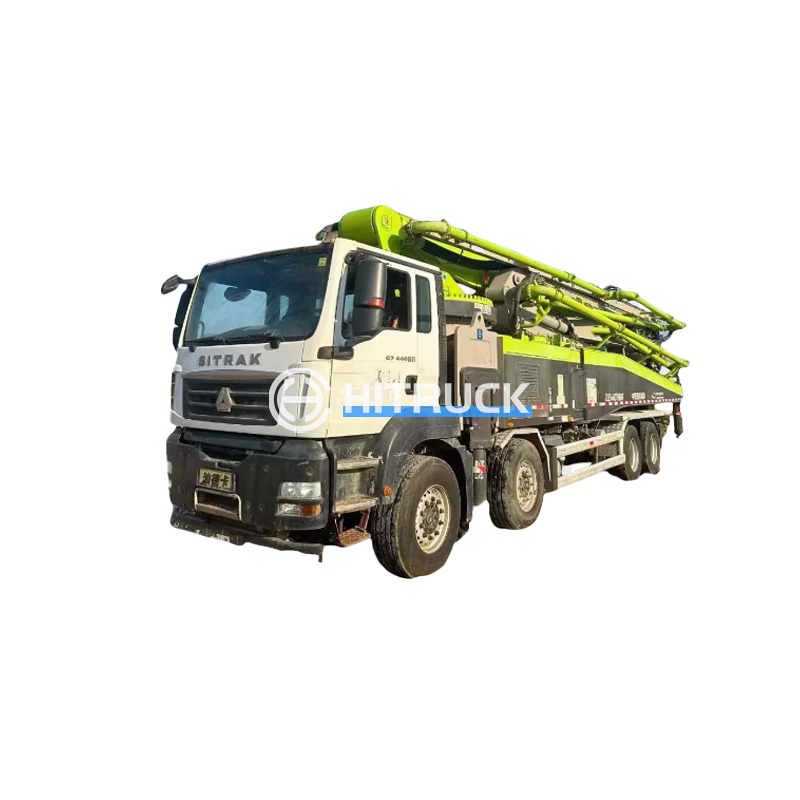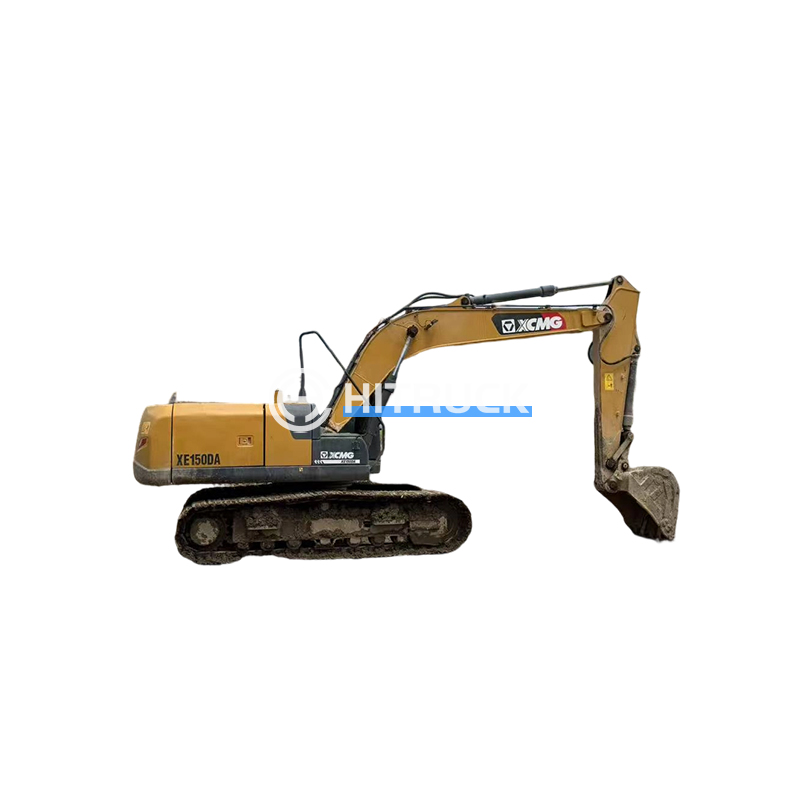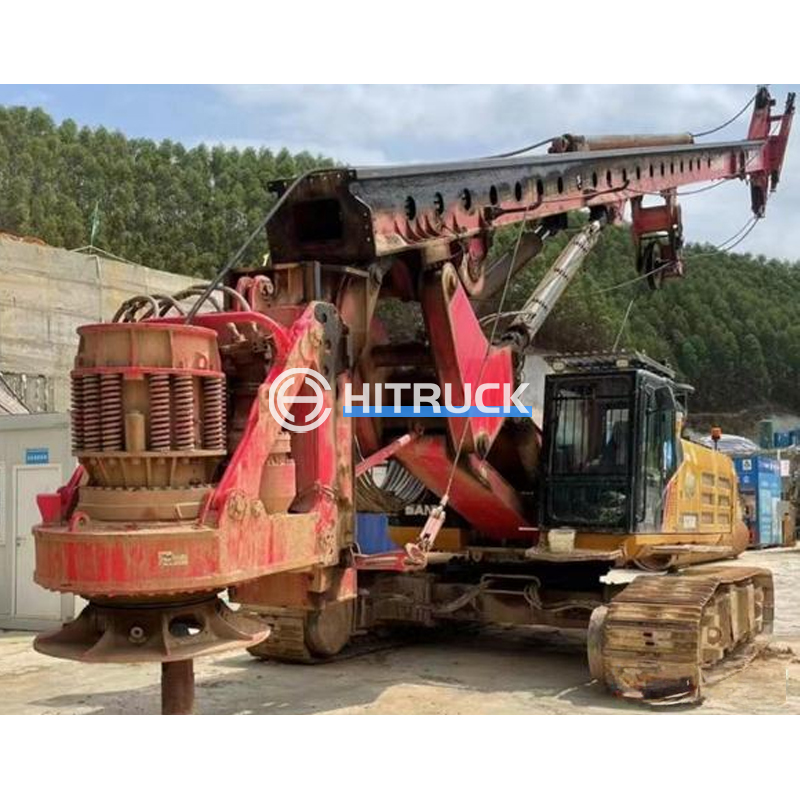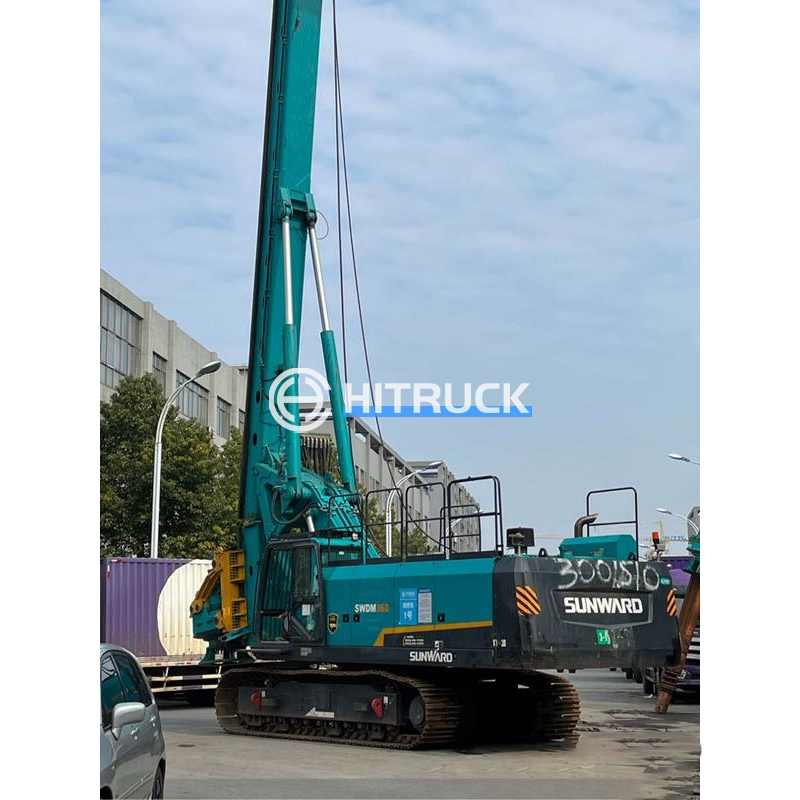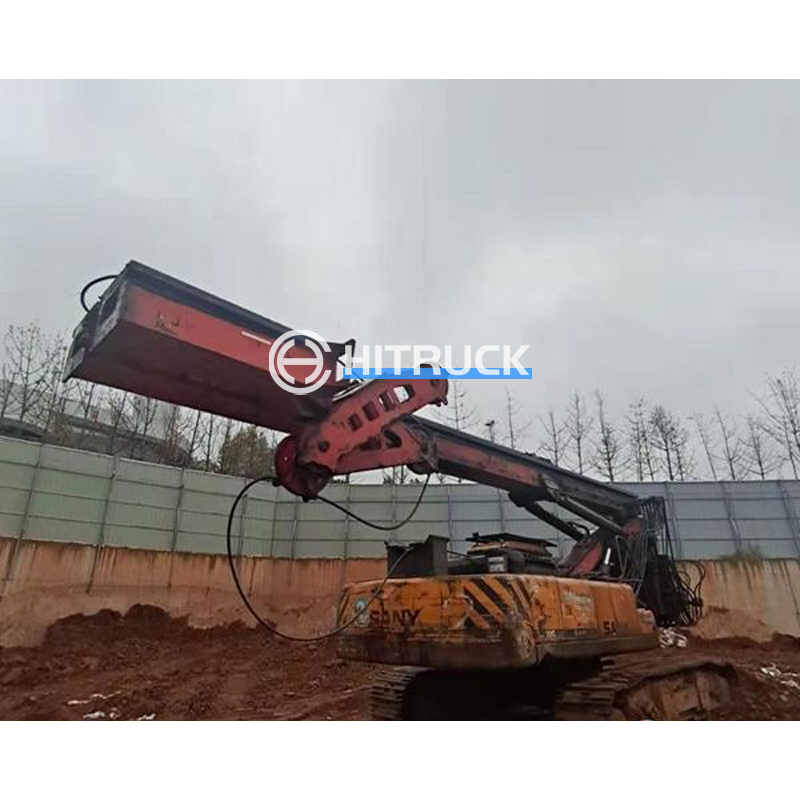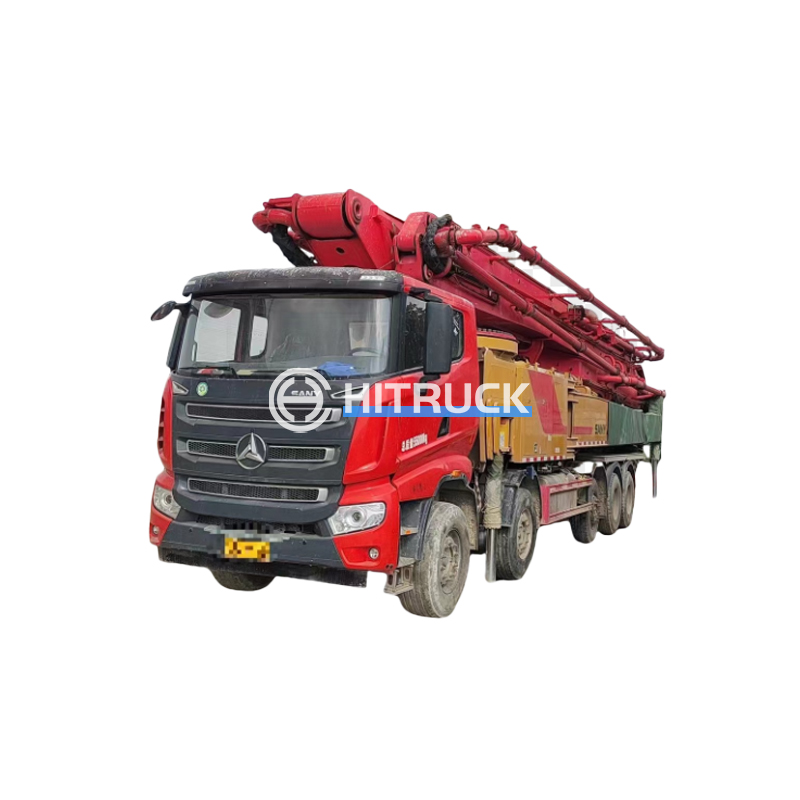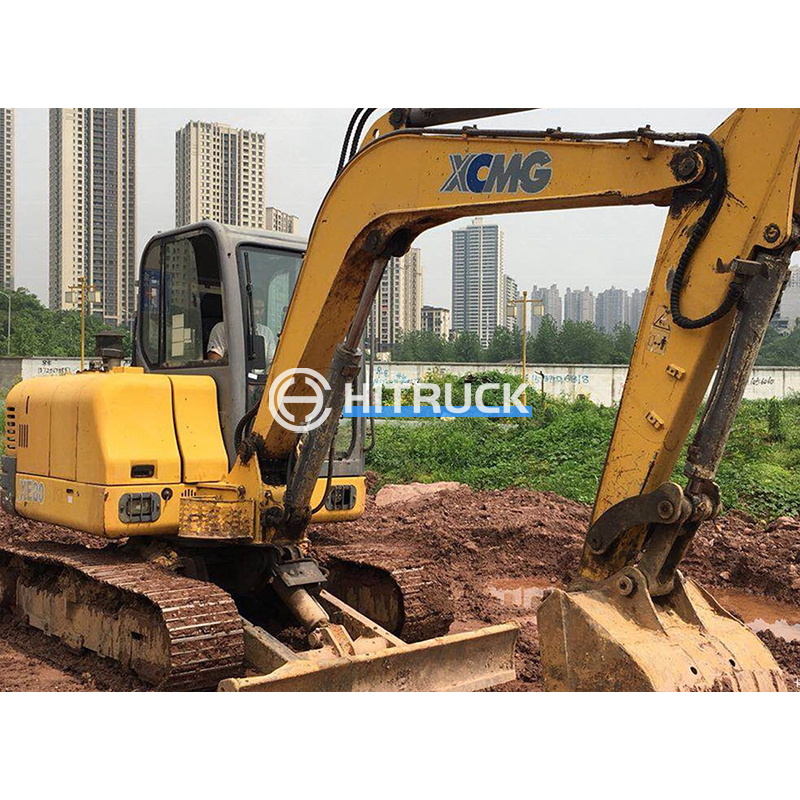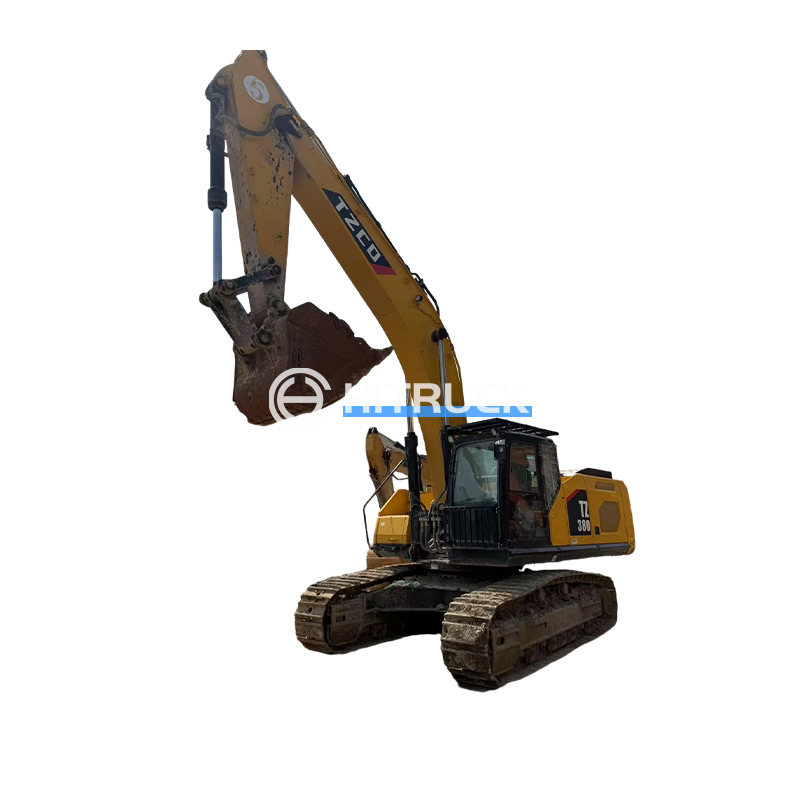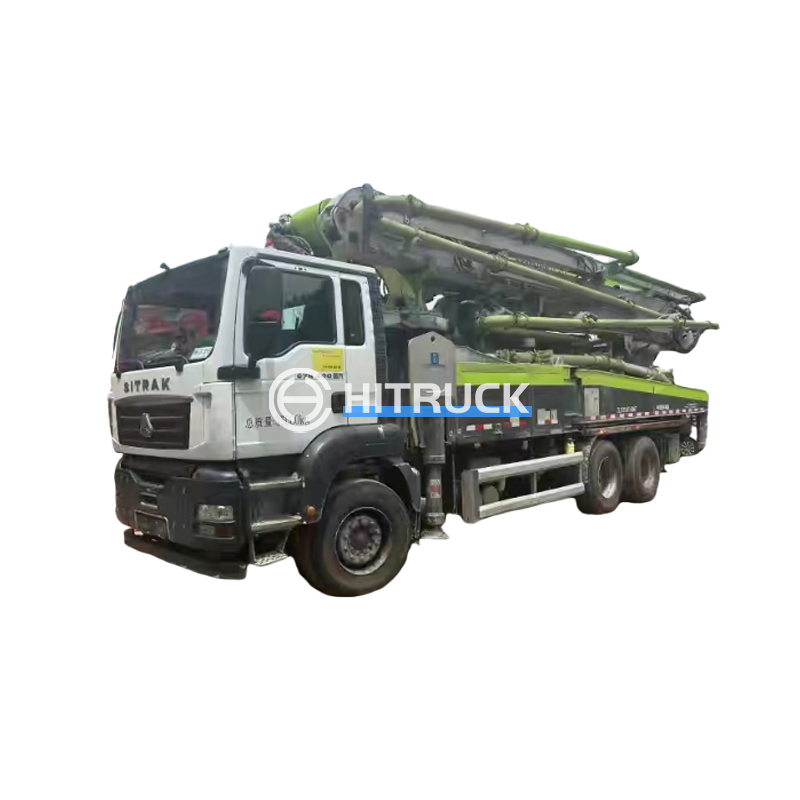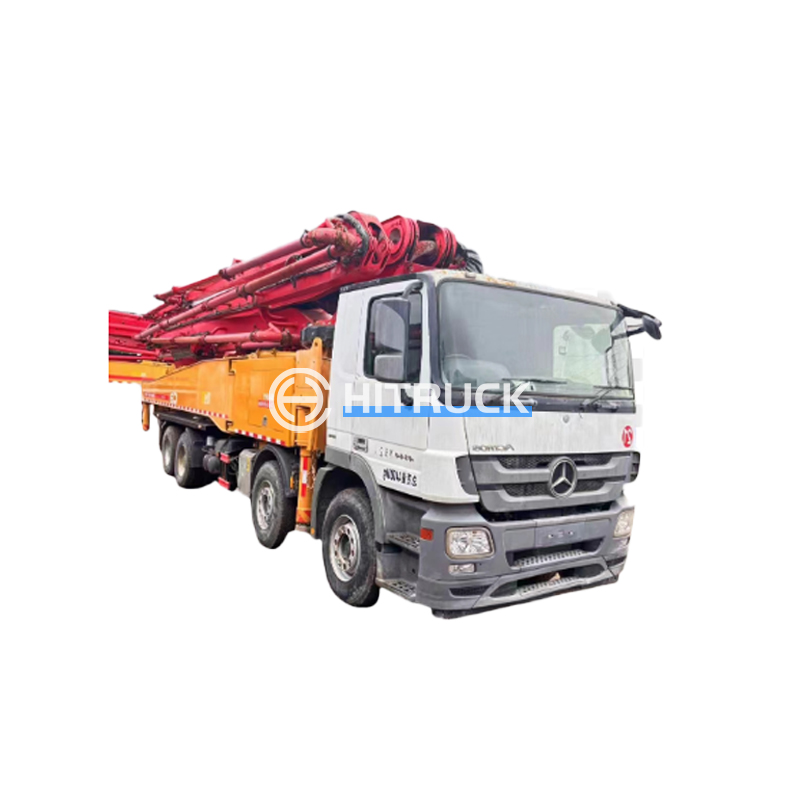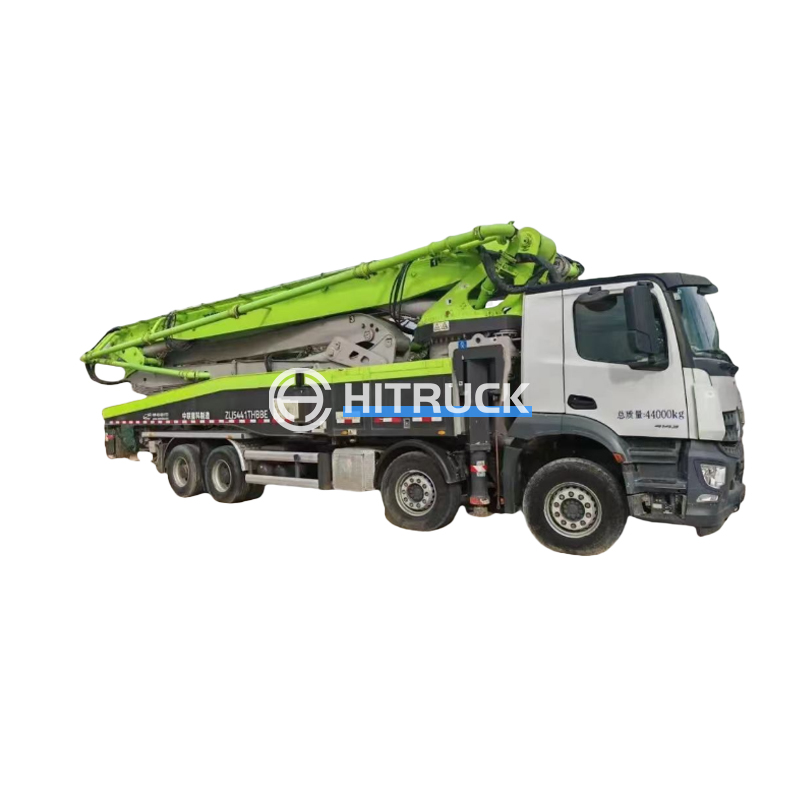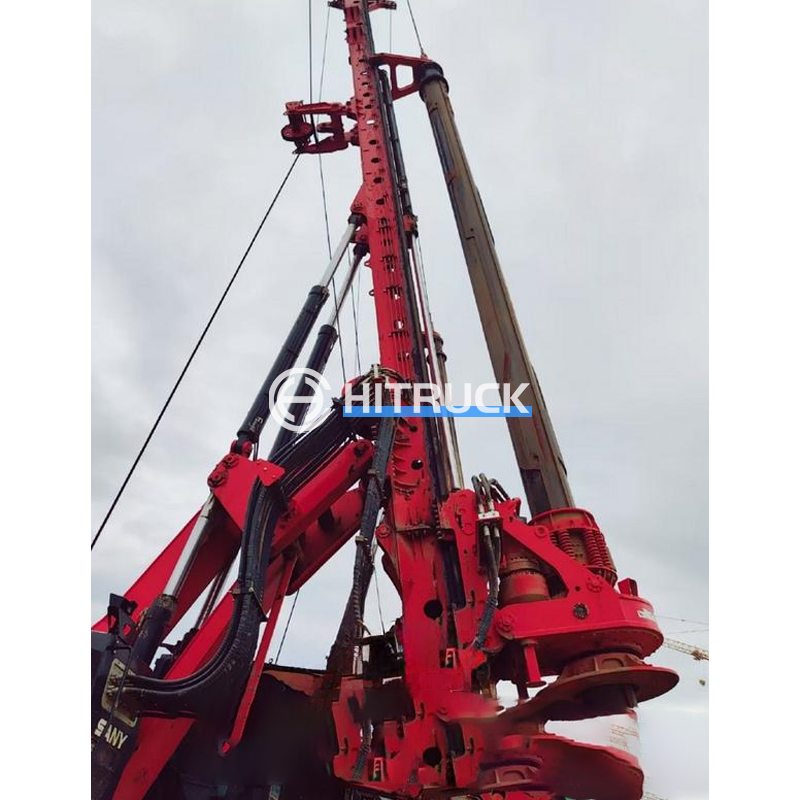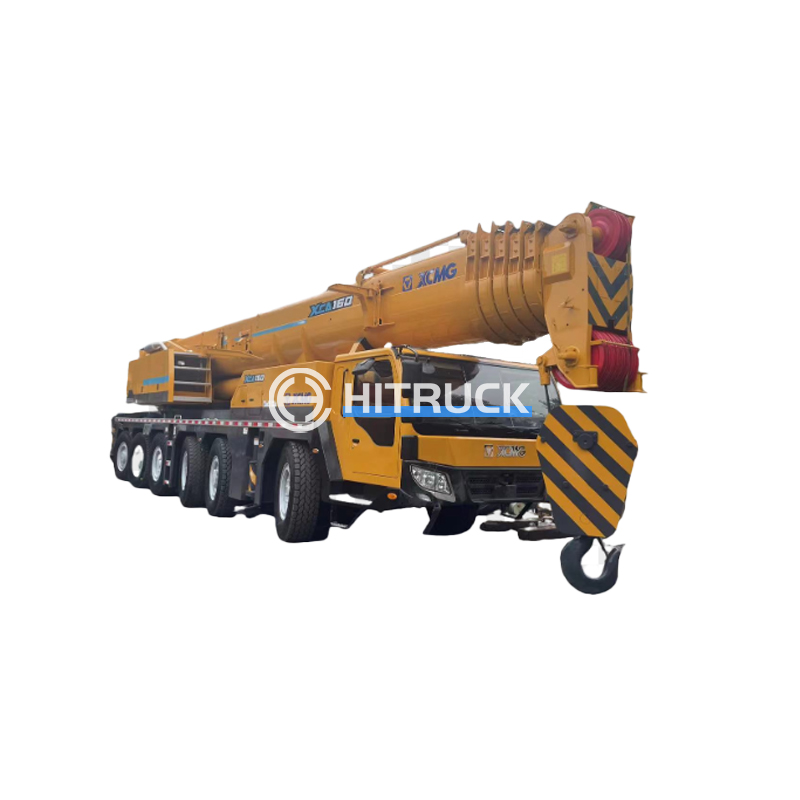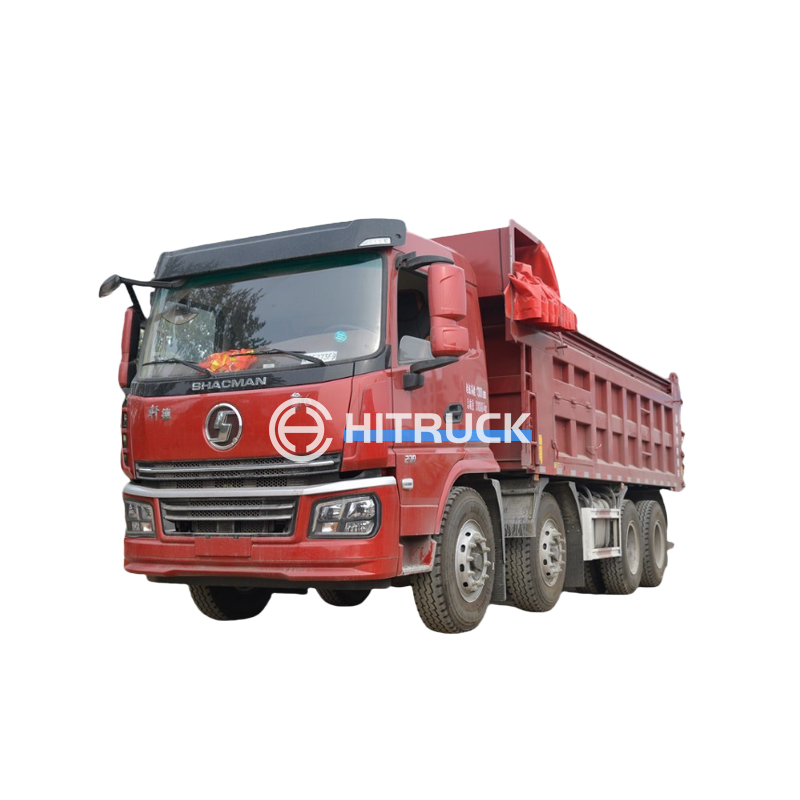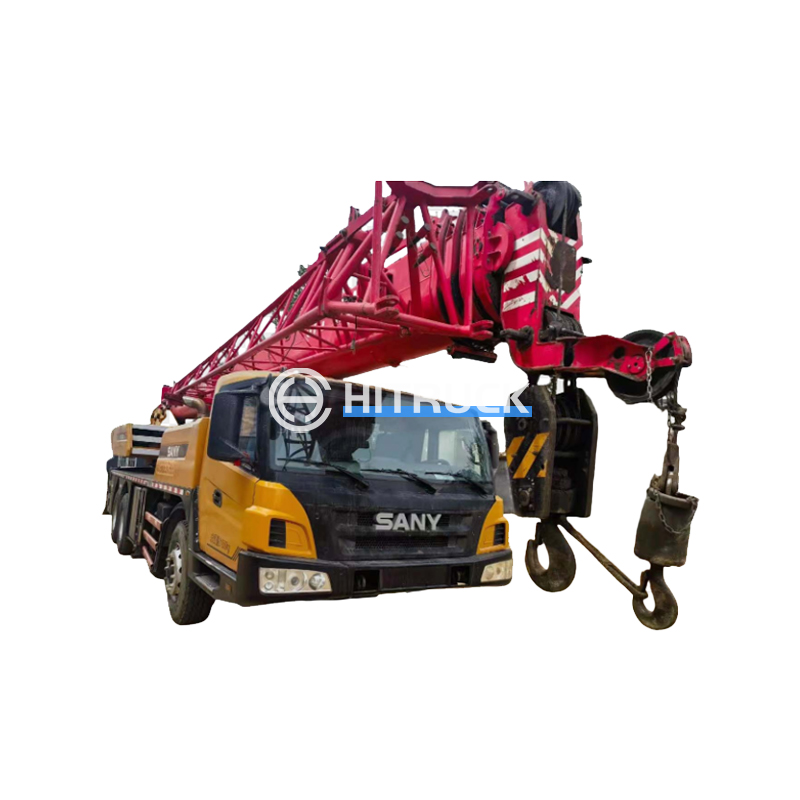Understanding and Utilizing Rubber Tyred Gantry Cranes
This comprehensive guide explores the functionality, applications, and key considerations for selecting a rubber tyred gantry crane. We delve into the technical specifications, operational advantages, and common use cases for this versatile lifting equipment. Learn how to optimize your material handling processes with the right rubber tyred gantry crane for your specific needs.
What is a Rubber Tyred Gantry Crane?
A rubber tyred gantry crane (RTG) is a type of gantry crane that uses rubber tires instead of rails for mobility. This allows for greater flexibility in movement compared to rail-mounted gantry cranes. RTGs are commonly used in ports, intermodal yards, and other outdoor locations where materials need to be lifted and moved over relatively short distances. They are particularly advantageous in areas where the installation of rail systems is impractical or cost-prohibitive.
Key Features and Components of an RTG
Lifting Mechanism
The lifting mechanism is usually a hoisting system powered by electric motors, providing precise and efficient lifting and lowering of loads. The hoisting capacity varies greatly depending on the specific model and application. Some RTGs feature multiple hoisting systems for simultaneous operations or handling of heavier loads.
Gantry Structure
The gantry structure consists of two sturdy legs connected by a crossbeam or bridge, supporting the hoisting system. The legs are typically mounted on rubber tires, offering mobility across paved surfaces. The structural design ensures stability and load-bearing capacity, critical for safe operation.
Travel Mechanism
The travel mechanism allows for lateral movement of the crane. Driven by electric motors and controlled by a sophisticated system, this ensures smooth and precise maneuvering within the operational area. The tire size and the type of surface impact the crane’s maneuverability. Proper tire maintenance is vital for efficient operation.
Control Systems
Modern RTGs are equipped with advanced control systems, providing operators with precise control over lifting, lowering, and maneuvering functions. These systems often incorporate safety features to prevent accidents and optimize operational efficiency. Some systems include remote control options for enhanced safety and operational flexibility. Hitruckmall offers a wide range of cranes with advanced control systems.
Applications of Rubber Tyred Gantry Cranes
Rubber tyred gantry cranes find applications in diverse industries and settings:
- Ports and Terminals: Loading and unloading containerships and transferring cargo between vessels and storage areas.
- Intermodal Yards: Moving containers between trucks, trains, and storage areas.
- Steel Mills and Factories: Handling heavy materials and components within large industrial facilities.
- Construction Sites: Lifting and placing prefabricated components or heavy machinery.
Choosing the Right Rubber Tyred Gantry Crane
Selecting the appropriate rubber tyred gantry crane depends on several factors:
- Lifting Capacity: Determine the maximum weight the crane needs to lift.
- Span: The distance between the crane legs needs to accommodate the operational space.
- Lifting Height: This determines the vertical reach of the crane.
- Operational Area: Consider the type of surface and space constraints.
Maintenance and Safety Considerations
Regular maintenance is crucial for ensuring the safe and efficient operation of an RTG. This includes periodic inspections, lubrication, and replacement of worn parts. Safety protocols should be strictly followed during operation, including proper training for operators and adherence to safety regulations.
Comparison of Different RTG Models (Example - Hypothetical Data for illustrative purposes only)
| Model | Lifting Capacity (tons) | Span (meters) | Lifting Height (meters) |
| Model A | 40 | 20 | 15 |
| Model B | 60 | 25 | 18 |
| Model C | 80 | 30 | 20 |
Note: This table provides hypothetical data for illustrative purposes and does not represent specific products. Always consult manufacturer specifications for accurate information.
By carefully considering these factors, you can select and operate a rubber tyred gantry crane that meets your specific needs and enhances your material handling efficiency. Remember to always prioritize safety and follow manufacturer guidelines for maintenance and operation.


